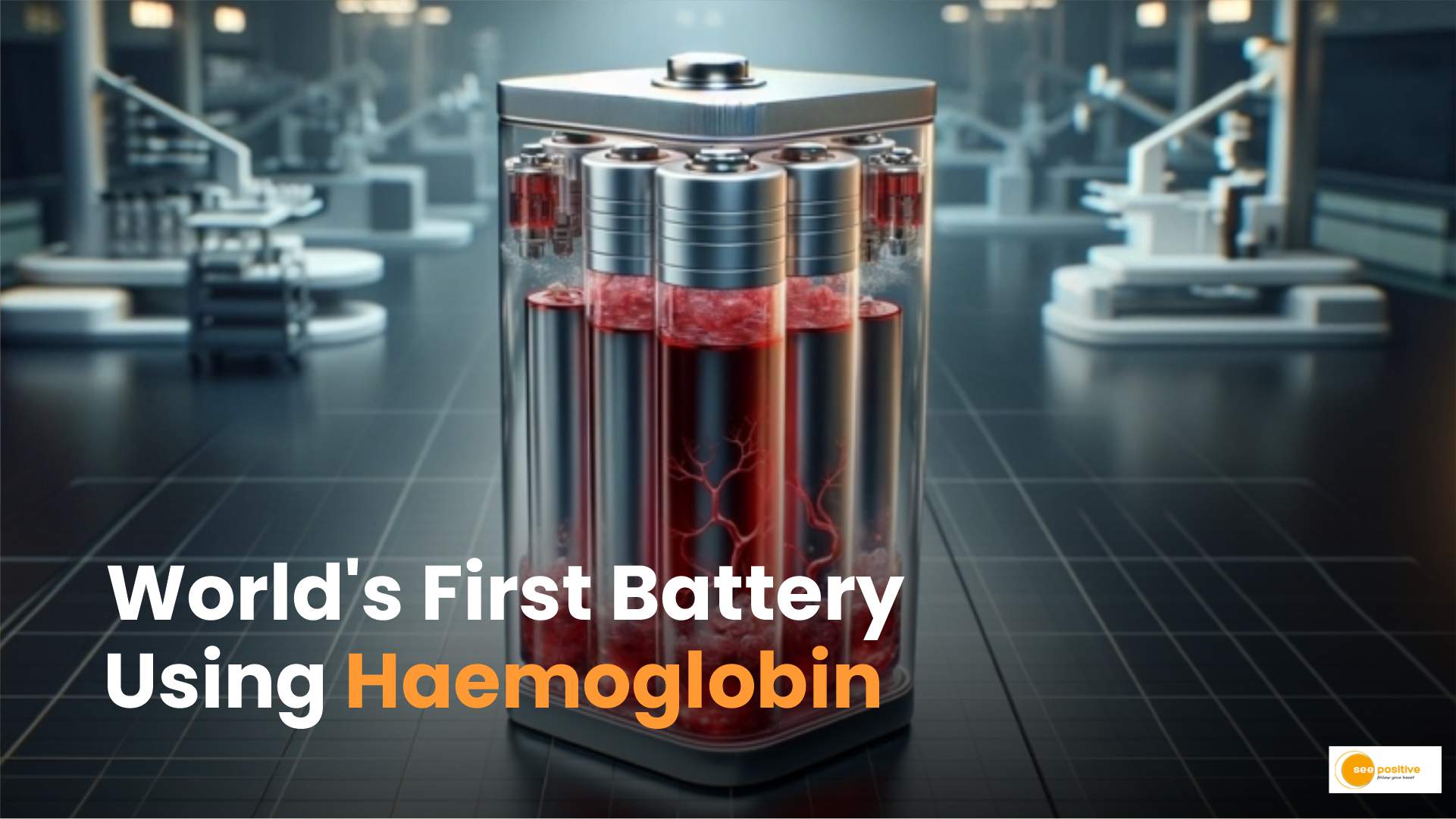Scientists at the University of Cordoba have achieved a groundbreaking development in sustainable energy by creating the world’s first battery using haemoglobin. Haemoglobin is a protein found in red blood cells. This innovative approach could revolutionize battery technology and contribute to a more eco-friendly future.
Haemoglobin, known for transporting oxygen in our blood, has been harnessed to facilitate electrochemical reactions in batteries. The researchers aimed to explore whether haemoglobin could play a crucial role in zinc-air batteries, which are considered a more sustainable alternative to the widely used lithium-ion batteries.
The Proof of Concept:
The idea emerged from previous studies at the University of Oxford and a Final Degree Project at the University of Cordoba, demonstrating the promising properties of haemoglobin for electrochemical processes. The research teams from the Physical Chemistry and Inorganic Chemistry groups at the University of Cordoba, along with collaborators from the Polytechnic University of Cartagena, embarked on a Proof of Concept project.
The researchers successfully developed the first biocompatible battery, ensuring that it is harmless to the human body. In this battery, haemoglobin serves as a catalyst in the electrochemical reaction, transforming chemical energy into electrical energy.
How does it work?
In zinc-air batteries, haemoglobin acts as a catalyst, facilitating the Oxygen Reduction Reaction (ORR). This process involves reducing oxygen from the air, turning it into water at the cathode (positive pole), and releasing electrons to the anode (negative pole), where zinc oxidation occurs. This innovative approach allows the prototype battery to function efficiently for 20 to 30 days using only 0.165 milligrams of haemoglobin.
Advantages of the Haemoglobin Battery:
Sustainability: Zinc-air batteries are more sustainable compared to current market-dominating lithium-ion batteries. They can withstand adverse atmospheric conditions and are not affected by humidity.
Biocompatibility: The use of haemoglobin as a biocompatible catalyst opens possibilities for integrating such batteries into the human body, such as in medical devices like pacemakers. The battery operates at a pH level similar to blood, and since haemoglobin is present in almost all mammals, it could utilize animal-origin proteins.
Future Directions:
While the haemoglobin battery prototype shows great promise, it is currently a primary battery, meaning it can only discharge electrical energy and is not rechargeable. The researchers are actively exploring alternative biological proteins that can facilitate the reverse reaction, turning water into oxygen and making the battery rechargeable. Additionally, the battery’s reliance on oxygen means it may not be suitable for space applications.
Positive Takeaway
The breakthrough in creating a haemoglobin-based battery marks a significant step towards sustainable energy solutions. The research, published in the journal Energy & Fuels, paves the way for functional alternatives to traditional batteries, especially in the context of increasing mobile devices and the growing emphasis on renewable energies.
With lithium-ion batteries facing challenges related to scarcity and environmental impact, the haemoglobin battery offers a promising and environmentally friendly alternative for storing excess electrical energy in the form of chemical energy.


